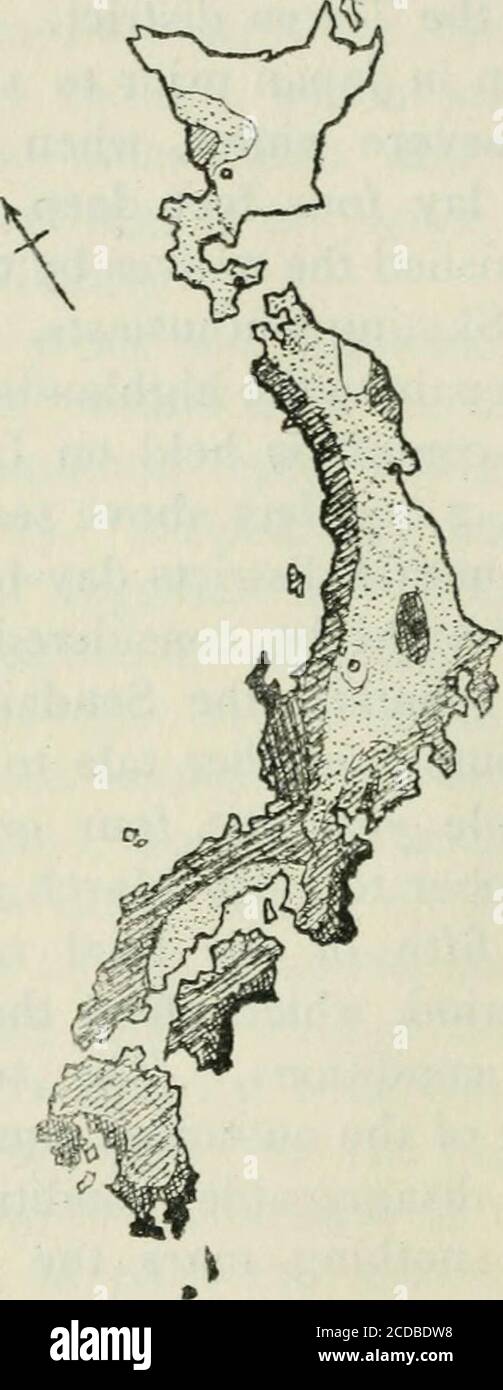

That December, another Morning News article mentioned “manifest destiny” in reference to the Oregon Territory, another new frontier over which the United States was eager to assert its dominion.


In it, the writer criticized the opposition that still lingered against the annexation of Texas, urging national unity on behalf of “the fulfillment of our manifest destiny to overspread the continent allotted by Providence for the free development of our yearly multiplying millions.”Īs the phrase also appeared in a nearly identical context in a July 1845 article in the New York Morning News, its originator is believed to be John O’Sullivan, the editor of both the Democratic Review and the Morning News at the time. The phrase “Manifest Destiny,” which emerged as the best-known expression of this mindset, first appeared in an editorial published in the July-August 1845 issue of The Democratic Review. Polk won the 1844 election, and Tyler was able to push the bill through and sign it before he left office.ġ977 Soccer star Pele plays farewell game territory, and possibly later as one or more states.ĭespite opposition to this agreement in Congress, the pro-annexation candidate James K. An agreement concluded in April 1844 made Texas eligible for admission as a U.S. The administrations of both Andrew Jackson and Martin Van Buren resisted such calls, fearing both war with Mexico and opposition from Americans who believed calls for annexation were linked with the desire to expand slavery in the Southwest.īut John Tyler, who won the presidency in 1840, was determined to proceed with the annexation. Nonetheless, there were still more Anglo settlers in Texas than Hispanic ones, and in 1836, after Texas won its own independence, its new leaders sought to join the United States.

Cries for the “re-annexation” of Texas increased after Mexico, having won its independence from Spain, passed a law suspending U.S.


 0 kommentar(er)
0 kommentar(er)
